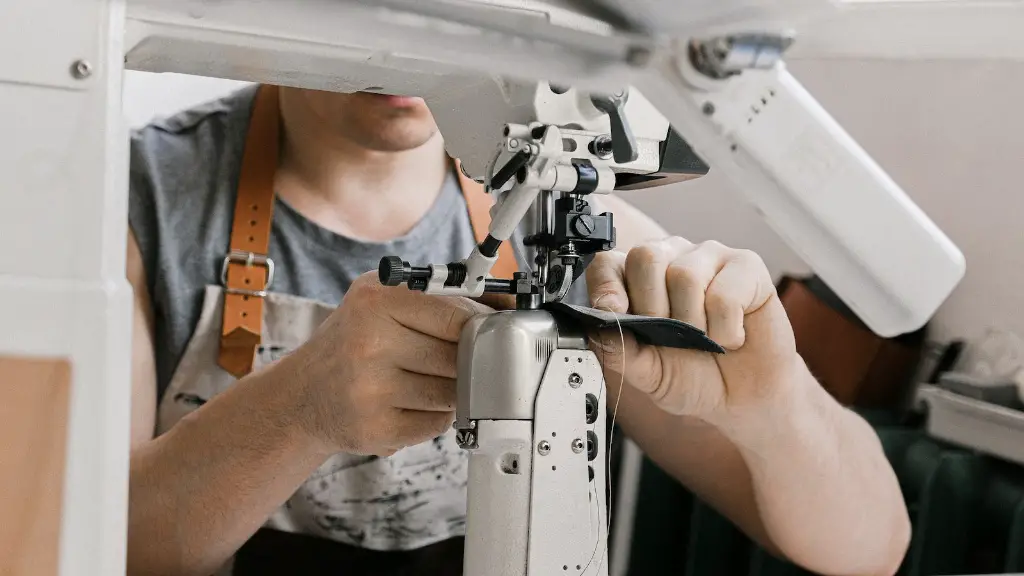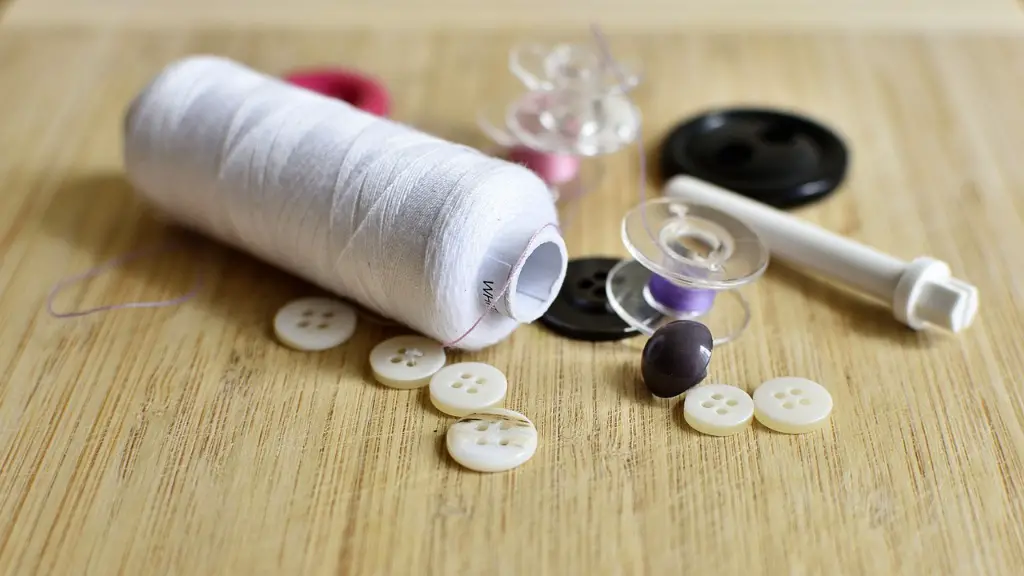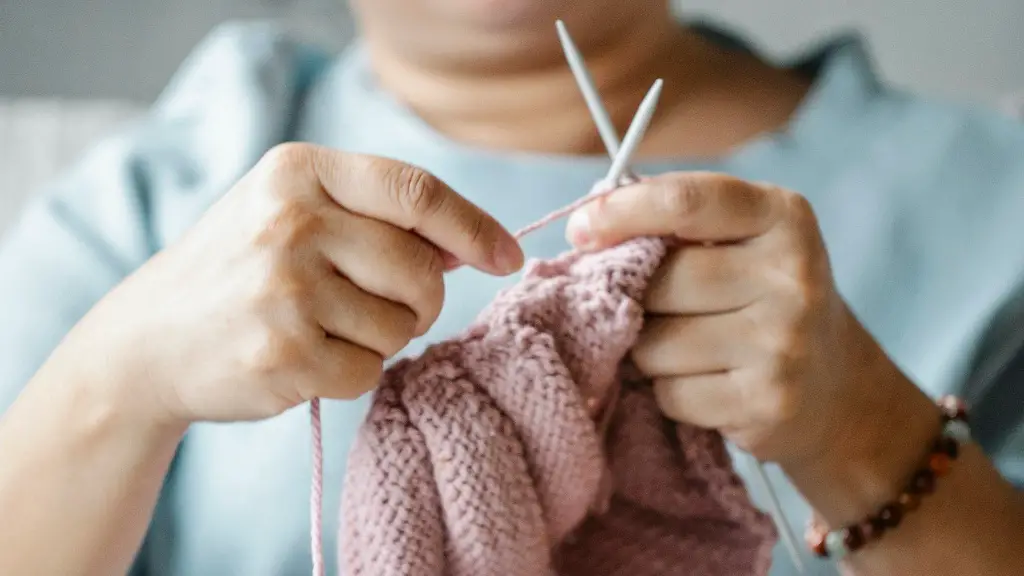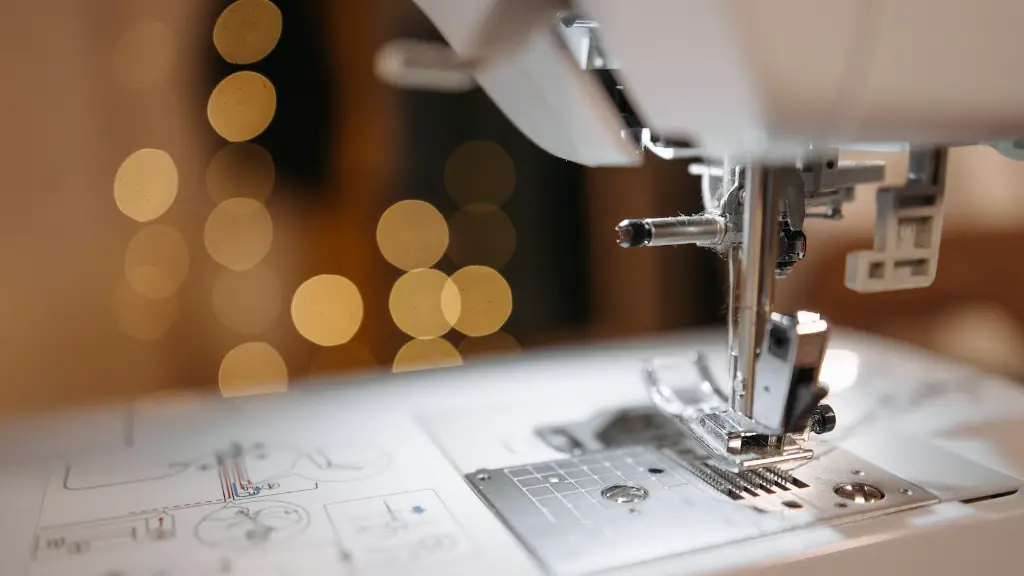Background
Quilting has been a favorite pastime of crafters for centuries, and with the rise of new technologies and the development of modern sewing machines, it has become easier than ever to quilt from the comfort of home. Quilting involves sewing together two or more layers of fabric, stuffing it with batting or other filler material and finally stitching it into a decorative pattern or design. While hand quilting is the traditional way of creating quilts, modern sewing machines have made quilting far less laborious, and with their help, you can make beautiful quilts in the comfort of your own home.
Machines and Supplies Needed
For quilting with a regular sewing machine, the first essential item is a good quality, easy-to-use machine. Look for a model that has enough horsepower and a wide range of stitches. A walking foot and quarter inch seam foot are also highly beneficial as they help feed each layer of fabric through the presser foot evenly, preventing it from slipping and producing a neat seam. Additionally, if you are an experienced quilter you may wish to invest in a quilting table or frame, but for beginners these are not essential.
Preparation
Before you begin quilting, there are a few preparations to consider. Start by placing the quilt layers onto the machine in the correct order, making sure the batting is between the two fabric layers and positioned correctly in the center. Pin the layers together if necessary to keep them together and reduce puckering, then baste the layers together. Trim the batting and excess fabric if necessary and make sure the quilt top is flat.
Setting Up The Machine
Once the layers are ready, it is time to prepare the sewing machine for quilting. Make sure to adjust the tension so that both the top and bottom threads are even and have a good grip. If your machine has a tension control dial, use it to correct any imbalances. For quilting, you will need to use a longer stitch length and select a stitch pattern that is best suited to quilting. To get an even stitch, use a straight stitch or a wide zigzag.
Tips and Techniques
When you begin to quilt, start in the center of the project and quilt outward since this is the most reliable way to keep the quilt evenly tensioned. Take your time and stitch slowly to ensure that your seams are evenly spaced and have no gaps. Also, use your hands to guide and support the quilt top as you stitch, allowing you to control the movement more precisely.
Quilting The Edges
Once you have quilted the main part of the quilt, you will need to quilt the edges. To do this, you can use a double needle to give the edges a professional finish. For an even more decorative look, try using a basic zigzag stitch, or a larger and more decorative quilting stitch. Make sure to use basting tape to secure the edges, and to avoid stretching the quilt layers as you stitch.
Finishing Touches
Once you have finished quilting the edges, it is time to trim the excess fabric and batting from the quilt. To do this, use a rotary cutter and mat or a pair of scissors. After trimming the quilt, press it with a warm iron to remove any wrinkles and set the stitches, then bind the edges to complete the quilt.
Selecting Materials
When selecting the materials to use for your quilt, consider the fabric’s thread count (the number of threads per inch). The higher the thread count, the softer and more luxurious the fabric will be. Also, think about the color and pattern of the fabric, choosing those that complement each other and giving the quilt a unified look.
Care and Maintenance
Once you have finished your quilt, it is essential to take proper care of it in order to ensure it will stand the test of time. Quilts should be kept clean and dry and regularly inspected for any signs of wear or damage. If necessary, lightly spot-clean the quilt with a mild soap and cold water and carefully hang it up to air dry. Additionally, be sure to store your quilt in a cool, dark, and dry place.
Using Designs
To help you create a unique quilt with a personal touch, there are many quilt patterns available in a variety of styles, from traditional to modern. Choose a pattern that appeals to you and use it to design your quilt from scratch, or combine different patterns together to make it more unique.
Combining Colors
When selecting fabrics, it is important to consider the color scheme of the quilt in order to achieve the desired effect. A variety of colors and prints can be used to create a bold and vibrant quilt, while a monochromatic color scheme can create a more subtle yet elegant look. Try combining different colors and prints to achieve an interesting and cohesive design.
Using Quilting Templates
Unlike hand quilting, machine quilting involves using specialty tools like quilting templates and rulers to help you accurately mark and stitch the fabric. Quilting templates are large plastic mattings that are used to create a variety of quilt designs, from simple straight lines to intricate curves and swirls. Use these templates to trace the desired design onto the quilt top, then use the machine to stitch along the lines for a perfectly finished quilt.
Improving Your Skills
Finally, to improve your quilting skills, consider joining a quilting group or taking a quilting class. Professional quilters are often willing to offer advice, tips and tricks for quilting with a regular sewing machine, which can be invaluable in helping you create beautiful, professional-looking quilts.



